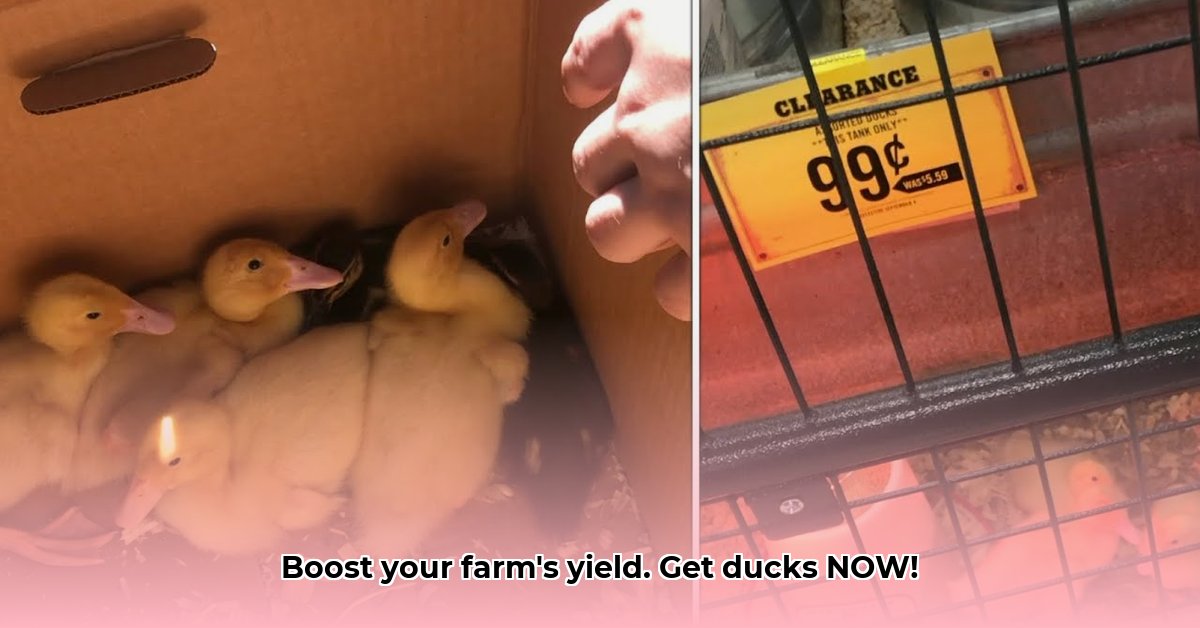
Precision Irrigation: Revolutionizing Sustainable Agriculture in Arid Climates
Imagine a sun-baked field, parched earth cracking under the relentless sun. For farmers in arid and semi-arid regions, water scarcity is a constant, crippling challenge. But what if we could provide each plant with precisely the water it needs, nothing more, nothing less? This isn't a fantasy; it's the reality precision irrigation offers, transforming sustainable agriculture in some of the world's most challenging environments. This article explores the techniques, benefits, and challenges of this revolutionary approach to farming. Learn more about effective farm equipment here.
What is Precision Irrigation?
Precision irrigation encompasses various techniques designed to deliver water directly to plant roots, minimizing waste and maximizing efficiency. Unlike traditional flood or sprinkler irrigation, which often leads to significant water loss through evaporation and runoff, precision methods ensure every drop counts. Key techniques include:
Drip Irrigation: Water is delivered drop-by-drop through a network of tubes laid close to plant roots. (Think of it as a personal hydration system for each plant.) This is highly efficient, minimizing water waste.
Micro-sprinklers: These deliver a gentle mist, covering a slightly larger area than drip irrigation. They're suitable for crops needing more even moisture distribution.
Subsurface Drip Irrigation (SDI): Drip lines are buried underground, reducing evaporation and suppressing weed growth. This method offers superior water efficiency but requires more complex installation.
Soil Moisture Sensors: These sensors continuously monitor soil moisture levels, allowing farmers to adjust irrigation schedules based on real-time plant needs. (This is like having a built-in thirst meter for your crops.)
Benefits of Precision Irrigation: A Winning Combination
The advantages of precision irrigation extend beyond water savings, significantly impacting yield, environmental impact, and the bottom line:
Water Conservation: Significant reductions in water usage translate to cost savings and responsible resource management. Studies reveal water savings of up to 50% compared to traditional methods. Isn't that a compelling reason to switch?
Increased Yields: Consistent moisture delivery promotes healthier, more productive plants, leading to significantly improved yields. Many farmers report yield increases of 20-30% or more.
Reduced Fertilizer Use: Precision irrigation minimizes fertilizer leaching, improving efficiency and reducing environmental impact. This also lowers costs for the farmer.
Improved Crop Quality: Consistent moisture leads to superior crop quality, often commanding higher market prices.
Dr. Anya Sharma, Professor of Agricultural Engineering at the University of California, Berkeley, states: "Precision irrigation is not just about saving water; it's about creating a more resilient and sustainable agricultural system capable of feeding a growing global population."
Challenges and Considerations: Navigating the Realities
While the benefits are substantial, implementing precision irrigation presents certain challenges:
Upfront Costs: The initial investment can be significant, particularly for larger farms or advanced systems. This is often the biggest hurdle for smaller farms, which may need subsidies.
Technical Expertise: Installation and maintenance may require specialized knowledge or professional assistance.
Infrastructure Needs: Reliable power is crucial for many systems, posing a challenge in areas with unreliable electricity grids.
Data Management: Modern systems generate vast amounts of data, requiring efficient management and interpretation.
Case Studies: Real-World Success Stories
Precision irrigation's effectiveness is demonstrated through numerous successful implementations. In California's Central Valley, almond growers using drip irrigation have achieved dramatic water savings and yield increases. Similar successes are reported in Arizona's cotton fields and other arid regions worldwide, proving the effectiveness of this technology.
Future Trends: The Dawn of Smart Irrigation
Advancements continue to shape the future of precision irrigation. AI-powered systems, leveraging real-time data and predictive modeling, will further optimize water use. Research focuses on developing more efficient materials and sensors to enhance accuracy and sustainability.
Conclusion: A Sustainable Path Forward
Precision irrigation is not merely a technological advancement; it's a pathway towards sustainable agriculture in arid regions. By optimizing water use, increasing yields, and reducing environmental impact, this technology offers a vital solution to ensure food security in water-stressed areas. While challenges exist, the potential benefits are undeniable, paving the way for a more efficient and sustainable future for agriculture. The combination of precision irrigation and other sustainable practices, like integrating pest control methods, creates a truly resilient and profitable farming model.